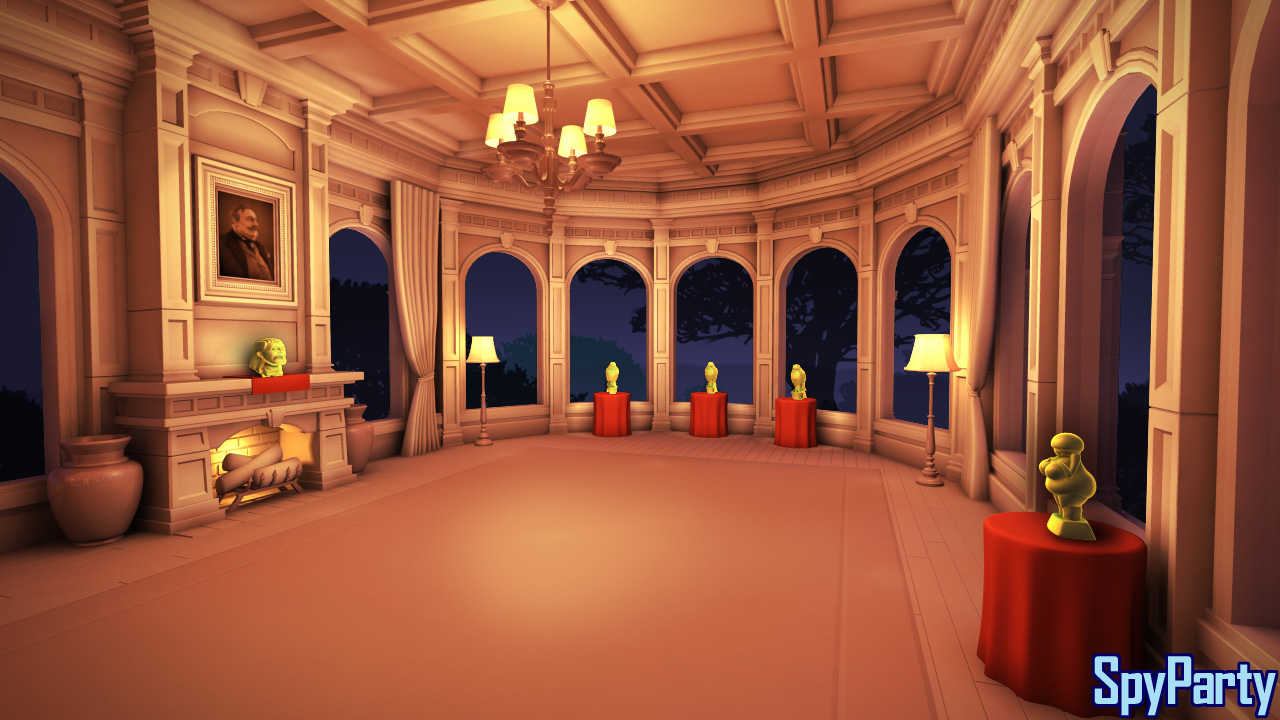

With the more traditional establishment model of game development and sales, giving fans this early access is less important than it is for indies, because the marketing spending is heavily weighted towards the end of the development cycle. Most indie game fans who visit your blog or Facebook page or follow you on Twitter will be able to read about your game online, both on your sites and in any press coverage you get, and they can talk to other fans about it in forums, but it's rare that fans can get hands-on play time with a game before it's released. The idea of building a direct face-to-face connection with gamers is very appealing for indie developers. They're both dwarfed by GamesCom in Germany (going on this week, in fact), which has something like 250,000 gamers descend on it.

These shows do absolutely huge numbers, with 70,000 attendees at PAX, and over 100,000 at Comic-Con. Unlike the GDC and E3, Comic-Con and PAX are open to the public, and are primarily for consumers to interact with game companies directly. One could write volumes analyzing how The Behemoth does marketing and PR for their games and company, but for the purposes of this article, one thing they have done since 2002 is get a booth at Comic-Con, and then later at PAX. Regardless of what you think of their games, it is inarguable that they are the masters of indie game PR, marketing, and "customer relationship management". PR and Marketingīoth Monaco and SpyParty are shooting for the aforementioned AAA Indie Game stratum, and as a developer trying to make AAA Indie games, you could do worse than to crib the marketing and PR plans of The Behemoth, creators of Alien Hominid and Castle Crashers. Given that neither of us has been to PAX, and this is our first time running a booth at a trade show, we basically have no idea what's going to happen.

We are Andy Schatz, creator of Monaco, the Excellence in Design and Seamus McNally Grand Prize winner of the 2010 Independent Games Festival, and Chris Hecker, creator of SpyParty, and together we bought a 10 by 20-foot booth at PAX next month in Seattle. Well, to be honest, we're not actually sure yet, but we're going to find out in two weeks, and in the meantime we're going to discuss - from a development perspective - how and why we decided to take the risk and what we hope to achieve. These booths cost thousands of dollars, even before factoring in travel and outfitting the booth with furniture, HDTVs, and computers, so how do indies justify the expense? You also may have noticed a related trend: indie game developers are purchasing booths at consumer-facing conventions, like San Diego Comic-Con and the Penny Arcade Expo (PAX).


 0 kommentar(er)
0 kommentar(er)
